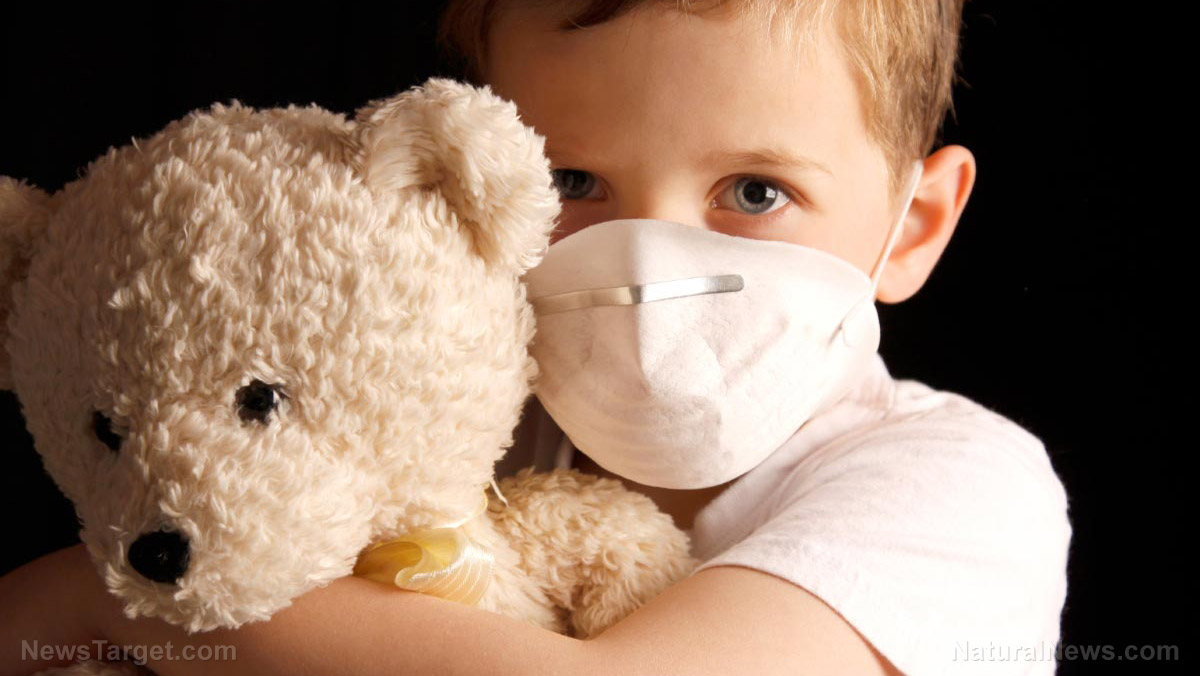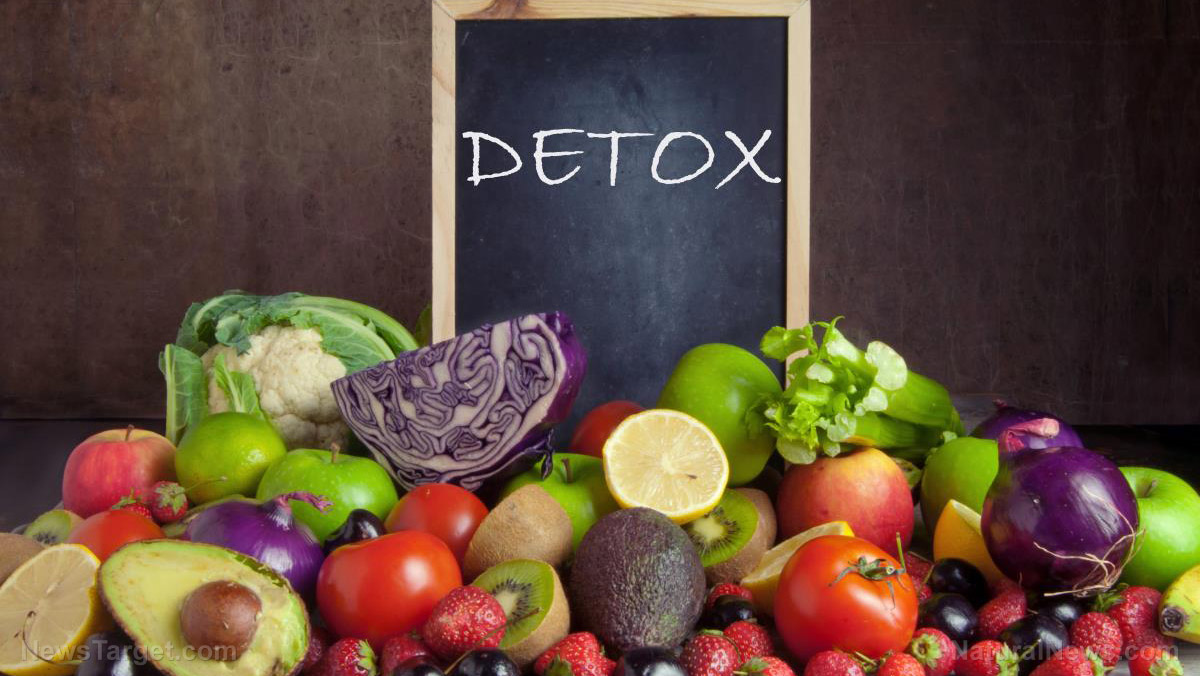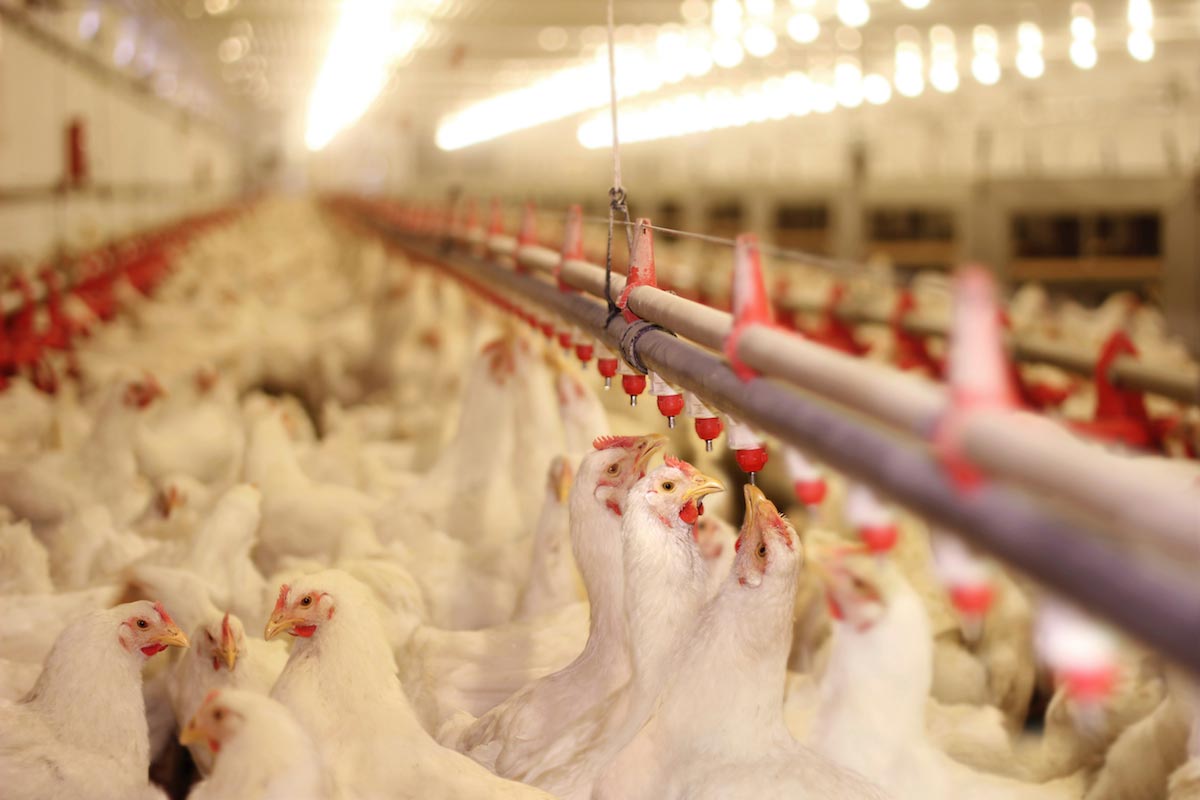Mycotoxins, the toxic substances produced by fungi, are one of the most serious food safety problems that affect staple crops. Aflatoxins, the focus of this research, has been extensively studied and it is responsible for a whopping 90,000 cases of liver cancer annually.
For this study, researchers looked into aflatoxins to determine how agricultural research can lead to feasible ways of improving food safety and food accessibility for poor consumers. The study also aims to illustrate how an epidemiological and economic perspective on aflatoxin research can link to health and nutrition outcomes.
Even though countless agricultural innovations are discovered regularly, almost one billion people around the world still go hungry. Aside from world hunger, at least two billion people get sick because of the food they eat.
While agricultural and food systems are linked to health outcomes, health policy and programs cease at clinics. There are those who believe that the disconnect between agriculture, health, and nutrition could be causing the disease burden associated with food and farming.
The new Consultative Group on International Agricultural Research (CGIAR) Research Program on Agriculture for Nutrition and Health (CRP A4NH) is an attempt to address this disconnect. The CGIAR was formed in 1971 in an effort to address grave concerns about local hunger. The organization then successfully spearheaded agricultural research for developing countries.
Research determined that aflatoxins, which are carcinogens, are the most relevant human health concern linked to staple crops. Some species of the Aspergillus fungus produce the toxic secondary metabolites known as aflatoxins. However, not all species are toxigenic. Even when they are, the amount of toxin produced may vary.
Aflatoxins are common in crops grown in tropical and sub-tropical regions and it spreads to over 40 susceptible crops, like maize and groundnuts (like peanuts). Aflatoxins can also spread in dairy products and traditionally fermented foods.
Ingesting large amounts of the toxin may result in death, and chronic exposure to aflatoxins can cause liver cancer. Exposure to aflatoxins can also lead to enteropathy (or any disease of the intestine), malabsorption of nutrients, immune suppression, and stunting. (Related: Warning: Silent toxin in food that provokes cancer, diabetes.)
Determining the link between aflatoxins and cancer
How to avoid aflatoxins
To avoid the dangerous mold toxin called aflatoxin, follow the tips listed below:
- Avoid bulk buying and do-it-yourself (DIY) products — DIY nut butters in health food stores often have higher levels of aflatoxin, and the same goes for bulk nuts.
- Carefully choose the food you buy and consume — Stay away from nuts that look discolored, moldy, or shriveled. Also, note that aflatoxin can be found in cocoa, coffee, dried fruit, figs, spices and tree nuts.
- Consume aflatoxin “antidotes” — These foods can counter the cancer-causing effects of aflatoxin: apiaceous vegetables (e.g. carrots, celery, parsnips, and parsley), chlorophyll (found in green vegetables, spirulina, and chlorella), garlic, and onions.
- Think of the feed — Since aflatoxin is also found in the milk and meat of animals that consume contaminated feed, try to purchase grass-fed beef and dairy products from trusted farmers.
You can read more articles about aflatoxins and how to avoid them at Toxins.news.
Sources include:
Science.news
Medical-Dictionary.com
HealingGourmet.com
Link.Springer.com




















